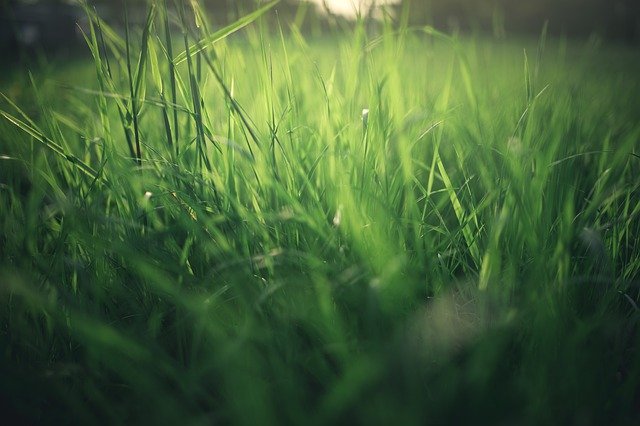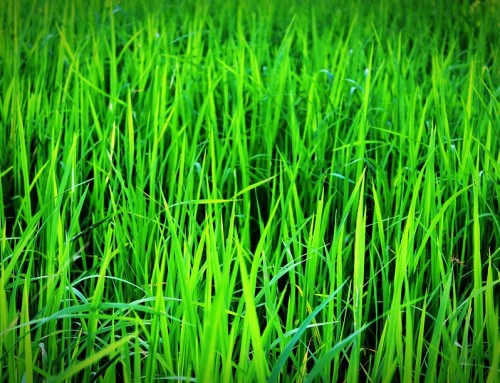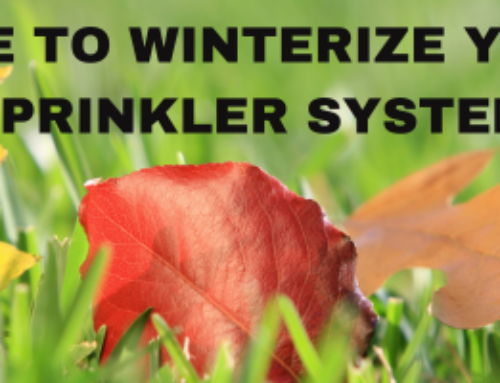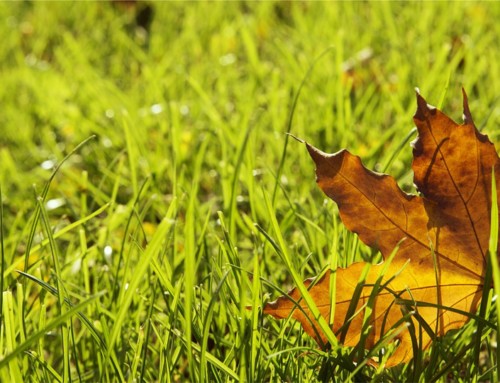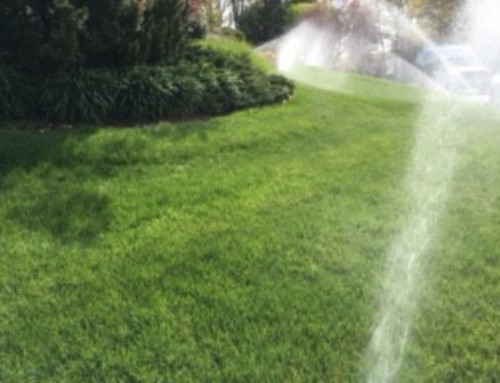A great irrigation installation begins with a great design. There are many variables that must be considered that include the following:
- Water source e.g. municipal vs. well water
- Water volume as gallons per minute
- Water pressure
- Soil type. Sandy, loam, or clay
- Type of plants. Lawn, shrubs, trees, perennials
- Sunny areas vs. shady
- New landscape vs. existing
Based upon the above we can begin to select the proper irrigation equipment for the property. Rotary sprinklers work well in large lawn areas. Spray sprinklers for small lawn areas and or shrub beds. Drip irrigation for perimeter plantings and shrub beds. Since we are limited by volume of water available we need to divide areas into sections or zones. I recommend separating areas by plant material. This includes:
- Lawn areas vs. shrub beds.
- Sunny areas vs. shady areas.
- Flat areas vs. slopes
- Front of building vs. rear yard
There are many types of equipment to choose from and all manufacturers produce products with different price points. These include residential, commercial, golf, and agricultural. For most residential systems I recommend commercial grade equipment. Yes, it’s a bit more expensive however the labor is same and commercial grade equipment is manufactured better, more reliable, and lasts longer. The manufacturer I prefer is Hunter and you can view their products at www.hunterindustries.com. I have over 30 years’ experience using their products and they work great and last a long time.
An important item to consider in your installation is the controller. The controller is the brain of the system. We program the controller to operate each zone for the correct amount of minutes (run time) and the frequency (watering days each week). Watering requirements will vary during the course of the season – less during spring and more during the summer. It may vary week to week during the summer. It’s important you understand and manage your watering to maintain a healthy landscape.
There are two types of controllers that I prefer and they are the digital and smart controller. The digital works great and is simple to use. They have been in use for many years and work well. We now recommend smart controllers that allow you to operate from your smart phone. All the programming is in the cloud and provides access from anywhere in the world as long as you have a strong WiFi connection. You can make programming changes, operate remotely, and view watering schedules.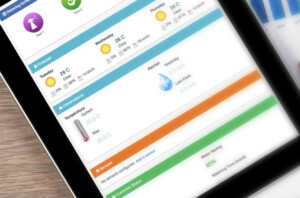
A great feature is that the smart controller connects to weather info in real time and will increase or decrease your watering based upon temperature and wind speed, if there is a high probability of rain it will stop your system from watering. The irrigation industry has estimated a 30%- 50% savings in water and expense. The smart controller that I install is made by Hunter Industries and you can view all the features and benefits at www.hydrawise.com.
Connected to either controller is a rain sensor. The rain sensor is a moisture sensing device and once sufficiently wet prevents the system from running. When it dries out in 1 to 2 days the system will work automatically.
Another key component is the plumbing and backflow device. All of our plumbing connections are copper and brass – as per town code. The backflow device is a brass device and the type is determined by the town you live in and the water district. Backflow device prevents water from the sprinkler system from flowing back into your drinking water.
Once we have our design and materials we can begin to install the system. Before we begin we need to mark out all underground utilities such as gas pipes, electric wires, cable, oil tanks, cesspools, drywells, and more! We must also review village, town, and water district codes and requirements. Long Island is made up of two counties, 13 towns, 50+ water districts, and over 100 villages and many have different rules, regulations, and permit requirements.
Installing an irrigation system requires a tremendous amount of labor by people who are experienced in operating machines, digging trenches, connecting materials, and putting your landscape back together. Our technicians are experts at irrigation plumbing, valve construction, pipe connections, choosing proper nozzles, and making adjustments.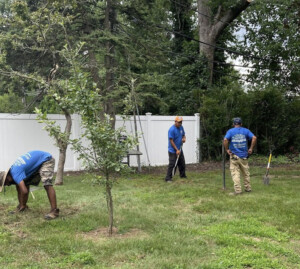
Once the system is completed its time to program the controller for optimal watering. One of our many strengths is understanding water, plant, and soil relationship. Providing the right amount of water at the correct time is key to a healthy landscape. Creating the proper program is not static as we move forward from spring, to summer, and then fall changes to programming must take place. Water management is an important part of our service and we do our best to educate our clients and guide them to their goal of green a lawn and dynamic landscape.
Irrigation systems require maintenance including start up service in the spring and winterizing in the fall. The spring start up includes activating the system and insuring all components are functioning properly. This includes turning on the water, checking for leaks, electric valves open and close properly, sprinkler heads pop up correctly, rotary sprinkler heads operate properly, spray head nozzles cover, and controllers are programmed. We always recommend that our clients check their system during the summer months for breaks in pipe, broken sprinkler heads, and nonfunctioning zones as well as adjusting their controllers for proper watering. Many of our clients have Rain Rich check their lawn sprinkler systems.
If you are thinking about installing a lawn sprinkler system on Long Island please call us to arrange a free estimate at 631-423-2211 or click here.

